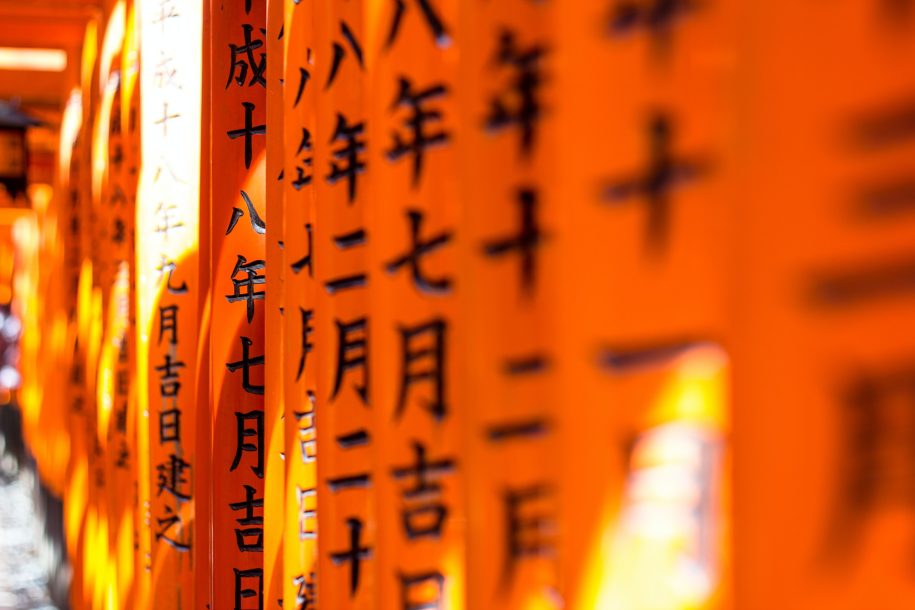The Japanese language, with its unique characters, intricate grammar, and rich cultural significance, is a fascinating linguistic tapestry that reflects the beauty and complexity of Japan itself. As a language deeply intertwined with the country’s history, traditions, and social customs, understanding Japanese goes beyond mere words and delves into the essence of Japanese culture. In this article, we will explore the intricacies and distinct features of the Japanese language.
- The Art of Characters: Hiragana, Katakana, and Kanji
One of the most striking aspects of the Japanese language is its writing system, which incorporates three main scripts: Hiragana, Katakana, and Kanji. Hiragana and Katakana consist of syllabic characters used for native Japanese words, while Kanji represents Chinese characters adopted into the Japanese writing system. Kanji can be both a challenge and a source of beauty, with thousands of characters to learn and each character conveying meaning and pronunciation.
- Politeness and Honorifics
Japanese society places great importance on respect and social hierarchy, and this is reflected in the language through the use of honorifics. Honorifics are suffixes or titles attached to names or pronouns to indicate the level of politeness and respect. From “san” (Mr./Mrs./Ms.) to “sensei” (teacher) and “sama” (a highly respectful honorific), understanding and using appropriate honorifics is crucial in Japanese communication and demonstrates respect for others.
- Levels of Speech: Formality and Context
The Japanese language employs different levels of speech to convey nuances of formality, politeness, and social dynamics. The two main levels are “keigo” (formal speech) and “teineigo” (polite speech). Keigo is often used in formal settings, such as business interactions, while teineigo is more common in everyday conversations. The appropriate usage of these speech levels is essential to navigate social interactions and show respect toward others.
- The Uniqueness of Grammar: Sentence Structure and Particles
The grammatical structure of the Japanese language sets it apart from many other languages. Japanese follows a subject-object-verb (SOV) sentence structure, where the verb typically comes at the end of the sentence. Particles, small words that indicate grammatical relationships between words, play a vital role in Japanese grammar. These particles, such as “wa,” “ga,” “no,” and “ni,” clarify the roles of nouns, subjects, objects, and locations within a sentence.
- Onomatopoeia and Expressiveness
Japanese is a language rich in onomatopoeic words, which are sound-based words that imitate or describe sounds or actions. Onomatopoeia adds a distinct flavor to the language, making it vivid, expressive, and full of imagery. From the gentle “sasa” (rustling) of leaves to the vibrant “gacha gacha” (clattering) of a busy city, these words enhance communication and bring life to the spoken and written language.
Conclusion:
The Japanese language serves as a gateway to the captivating culture, history, and traditions of Japan. Its intricate characters, nuanced levels of speech, and unique grammar contribute to its elegance and complexity. By delving into the study of Japanese, one can gain a deeper appreciation for the country’s rich heritage and develop a stronger connection with its people. Whether you embark on a linguistic journey to master Japanese or simply explore its beauty, the language opens doors to a world of understanding and cultural immersion.


Leave a Reply